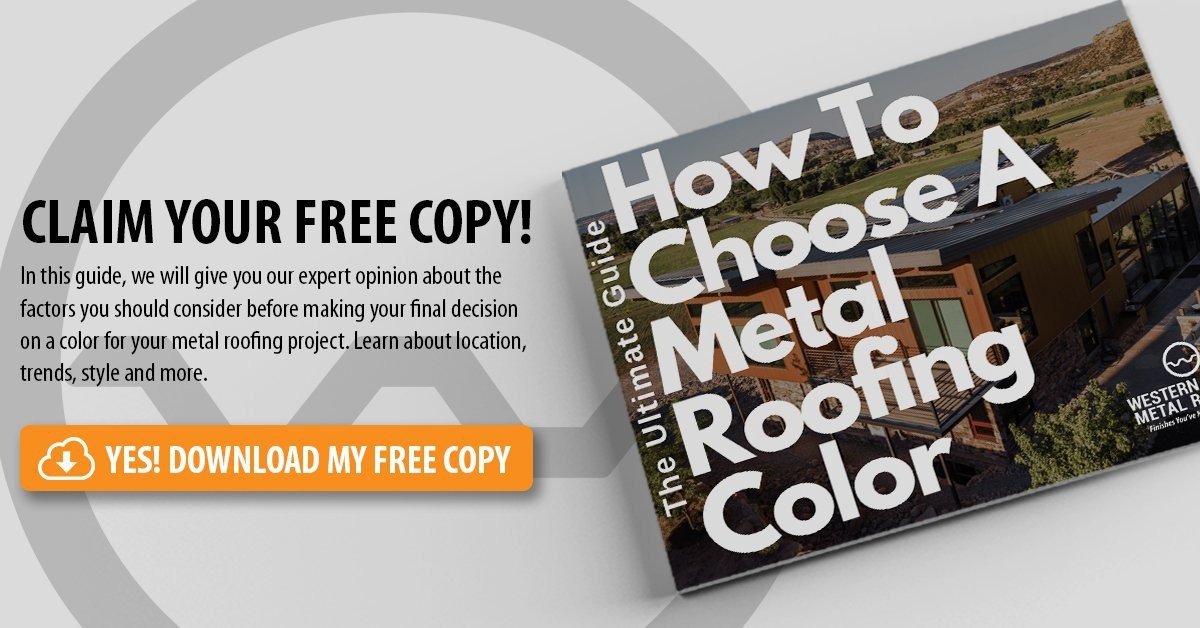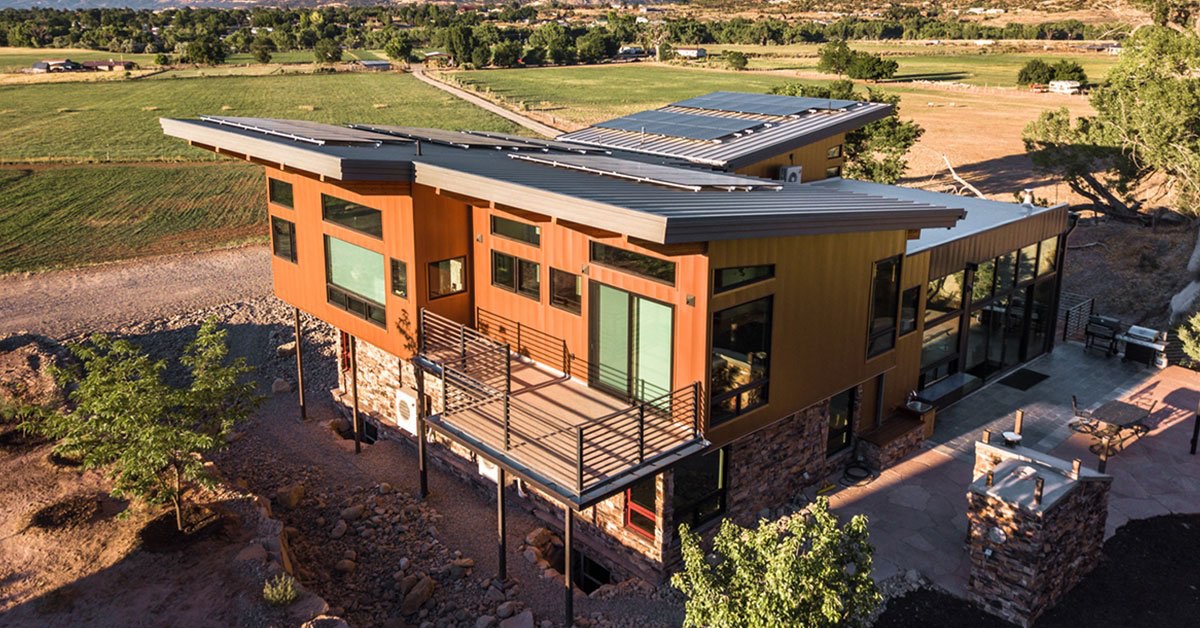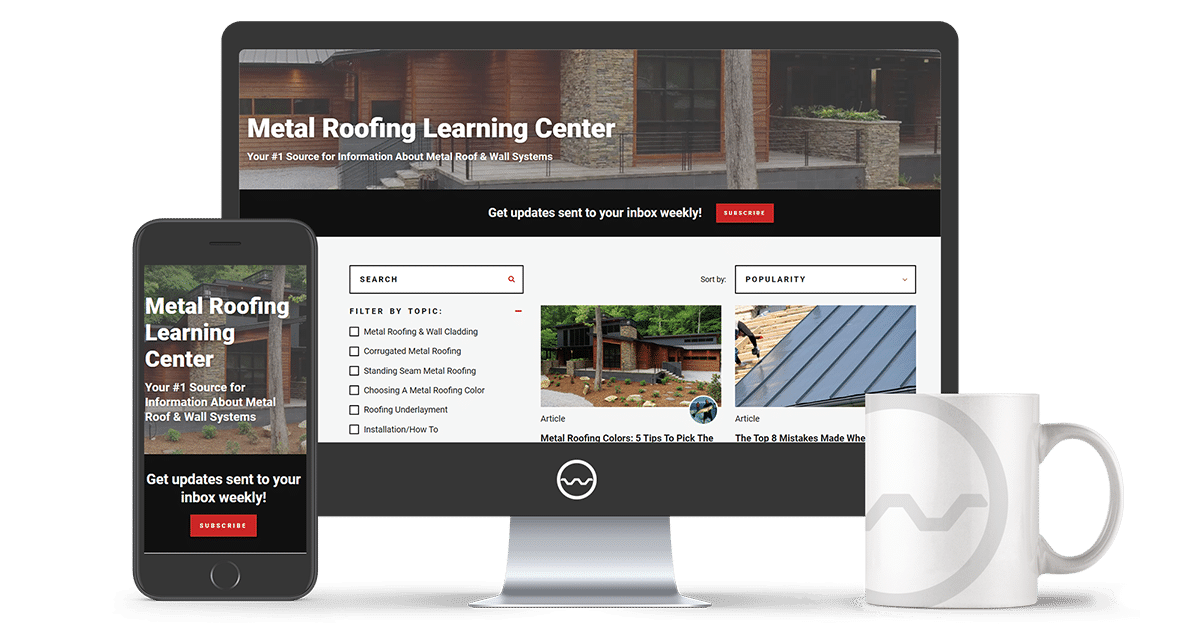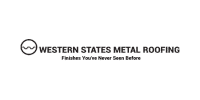Chapter 5
What Are The Different Types Of Shingle Roofs And Metal Roofs?
Whether you decide to use either shingles or metal for your roof, you’re going to have to also decide on the specific type of shingle or metal roofing panel that will be used.
Both shingle and metal roofing come in different forms that vary in price and quality. When deciding on what to use for your roof, factors such as desired aesthetic, climate, and budget can help narrow down your choice for the right roofing option.
Let’s first discuss the different options you have for shingle roofs, then look at your options for metal roofs.
Types Of Shingle Roofing
There are two main types of asphalt shingles for roofing: 3-tab shingles and architectural shingles. Each roof type can be made in two ways: with fiberglass or with organic material. We will first discuss the two types of shingle roofs, then talk about the two different compositions.
- 3-Tab Shingles
- Architectural Shingles
- Composition Material: Fiberglass v. Organic
Asphalt Shingles For Roofs
If you're driving through your neighborhood and looking at the different types of asphalt shingles, then you've probably seen both 3 tab shingles and architectural shingles. 3 tab shingles aren't used that much anymore and are typically installed on older homes as the original roof system. Nowadays, architectural shingles or dimensional shingles account for 3/4 of all asphalt shingle roof sales.
3 Tab Shingles
3-tab shingles, also called strip shingles, are the entry-level type of asphalt shingles for roofs. They are the most economical shingle and the ideal roofing choice when working with a limited budget.
The shingles are lightweight and made of asphalt and fiberglass. They get their name because they consist of 3 tabs that are identical in size.
Cost Of 3 Tab Asphalt Shingles
3- tab shingles are the most economical roofing choice available to homeowners.
3-tab asphalt shingles cost an average of $0.75 – $1.00 per square foot for material.
Installation cost varies but on average will be $3.00-$4.00 per square foot.
3 Tab Asphalt Shingles Colors And Appearance
The appearance of a 3-tab shingle roof is very flat. A 3-tab shingle consists of tabs that are the same size and shape that doesn’t give your roof any dimension.
3 tab asphalt shingles colors are limited, most often they're only available in neutral colors such as grays, browns, or black.
3-Tab Shingles Life Expectancy
3-tab shingles are the weakest shingle available. This is in large part because of how thin they are. A 3-tab shingle is half as thick as an architectural shingle. This makes them less resistant to harsh weather and more prone to being blown off in a storm. They’re also more likely to have other problems associated with shingles such as buckling and curling.
On average, you can expect 3 tab shingles life expectancy to be 10-20 years. However, frequent exposure to high winds and stormy weather can reduce its lifespan.
Architectural Shingles
Architectural shingles, also known as dimensional or laminated shingles, consist of multiple material layers that are not identical in size. They are a thicker and more durable shingle than 3-Tab shingles.
Architectural Shingles Cost
The average price range of architectural shingles is $1.20 – 1.80 per square foot.
Installation can vary but on average will be $3.00-$4.00 per square foot.
You may also find that installation costs for an architectural shingle roof is slightly more than 3-tab. Even though the installation process is the same for both shingles, some installers charge more for an architectural shingle roof just because it is a higher quality material that is thicker.
Architectural Shingles Colors And Appearance
Architectural shingles are also called dimensional shingles because of their appearance. Unlike the flatness of 3-tab, architectural shingles have a more textured look because the tabs are made in slightly different shapes and sizes.
Architectural roof shingles colors are offered in a wider variety of and styles compared to 3-tab shingles. You have more design options including: gray, brown, black, green, and red.
How Long Do Architectural Shingles Last?
Architectural shingles are 50% thicker than 3-tab shingles. This makes them better suited to withstand harsh weather conditions. As an example, a warranty for architectural shingles will cover them for winds up to 110 mph. 3-tab shingles are generally covered under warranty for winds up to 60 mph.
The added thickness also makes architectural shingles heavier. The added weight decreases the chances of shingles blowing off, curling, or buckling over time.
On average, you can expect architectural shingles life expectancy to be 15-25 years. However, the harsher the weather, such as the extreme heat of Arizona, the lesser the lifespan of the roof.
Architectural Shingles Vs 3 Tab - Which Is Right For Me?
Deciding between the two types of shingles comes down to a choice of price versus performance. While 3 tab shingles are more affordable, architectural shingles bring more value as they are the more durable, longer-lasting shingle.
3-tab shingles are best for:
Architectural shingles are best for:
- Increased durability
- Lasting longer before needing a new roof
- More color choices
Now that you have a good understanding of the types of shingle roofs, it’s important two understand your two material options. We will look at the pros and cons of fiberglass and organic shingles next.
Fiberglass Shingles V. Organic Shingles
Both 3-tab and architectural shingles are made with one of two different material compositions, fiberglass shingles or organic shingles.
Visually, the material composition doesn’t affect the appearance of the shingle. For example, a 3-tab fiberglass shingle will look identical to a 3-tab organic shingle. The difference is solely in how they are made and perform.
A fiberglass shingle is made from a fiberglass mat while an organic shingle has a foundation from a wood product, usually paper.
While most shingles you find on the market today are fiberglass shingles, you may still come across organic shingles.
Fiberglass Shingle Pros
Lightweight
Fiberglass shingles are thinner and lighter than organic shingles. This makes them easier to transport and also easier to install.
Better Fire Resistance
The fire rating of fiberglass is higher than organic shingles. This makes them the more fire resistant shingle and the better choice if you live in an area that is prone to wildfires.
More Eco-friendly
Asphalt is not a recyclable material. Since fiberglass shingles contain less asphalt, they have a lower environmental impact than organic shingles.
Fiberglass Shingle Cons
Less Durable
Fiberglass shingles are lighter and less rugged because they contain less asphalt. The longevity of fiberglass shingles is less than organic and will have to be replaced sooner.
Not Well Suited For Cool Climates
Fiberglass shingles are better in mild climates and don’t perform as well as organic shingles when in cold temperatures and harsh winters. By not being as heavy as asphalt, they aren’t as well equipped to handle the elements.
Organic Shingle Pros
Durability
Organic shingles contain more asphalt than fiberglass. This makes them better equipped to handle severe storms.
Cold Climate Compatible
Organic shingles perform much better in cold temperatures than fiberglass. The best climate for organic shingles is a cold, dry environment. Organic shingles don’t do well with water, as we will explain below.
Organic Shingle Cons
Less Water Resistant
Organic-mat shingles absorb more water and are more prone to warping. Warped shingles cannot correctly protect a roof and will have to be replaced.
Less Fire Resistant
- Since organic shingles are made from paper, they aren’t as highly rated for fire protection as fiberglass.

Types of Metal Roofing Panels
- Corrugated Metal Roofing
- Standing Seam
If you decide to purchase a metal roof, then the first step is deciding between a concealed fastener (standing seam) or an exposed fastener panel (⅞” Corrugated or PBR Panel). Metal is a durable roofing material with an average lifespan of 40-60 years. The appearance, cost, and method of installation depend on which panel you choose.
Corrugated Metal Roofing
Corrugated metal roofing typically refers to round and wavy sheet metal. However, it can also be used as a catch-all term for any type of exposed fastener panel. An exposed fastener panel is when the screws that hold a panel in place are not concealed and can be visibly seen on the surface of the panel.
How Much Does Corrugated Metal Roofing Cost?
The price of a corrugated panel depends on the gauge, finish, and what type of panel you choose. Generally they range between $1 and $2 per square foot for materials.
Installation of corrugated metal roofing is $3 to $6 per square foot.
This means that your total cost for a corrugated metal roof is between $4 to $8 per square foot. Asphalt shingle roofs and corrugated metal roofs will be about the same price. Standing seam metal roofing will cost about twice as much as asphalt shingles.

Types Of Corrugated Metal Roofing Panels
Corrugated metal roofing sheets are designed to have grooves and ridges that have an industrial look to them. Below are the most common types of corrugated metal roofing panels on the market.
- ⅞” Corrugated: A wavy panel that is wider and has deeper corrugations than ½” corrugated. The waviness is more profound with ⅞” corrugations and each panel is normally 39” or 37” wide.

- R-Panel: Consists of squared ribs that are 1.25” in height. R-Panel is the corrugated panel with the closest resemblance to standing seam.

- 7.2” Panel: Ribbed panel with a boxy appearance. These panels feature symmetrical ribs that are spaced 7.2” on center, with each rib measuring 1.5” high.

Durability Of Corrugated Metal Roofing
Metal roofing materials are durable and can handle high wind gusts. They’re designed to not crack, chip, or warp. Metal roofs are also resistant to fires, mold, mildew, and termite damage.
The level of durability depends on the gauge, or thickness, of your roof. A thicker roof is a stronger material. As the gauge number gets lower, the thickness increases. Oil canning is inherent in all metal roofs, it is more noticeable on a standing seam roof because of the flat surfaces. The ridges and grooves of corrugated panels help better disguise the waviness of oil canning.
How Long Will A Standing Seam Metal Roof Last?
Standing seam roofs are considered "Lifetime Roofs", meaning they are designed to last 40 to 60 plus years when installed correctly.
Being made from metal, a standing seam roof is resistant to fires, mold, mildew, and termites.
Standing seam panels usually come in thicker gauges such as 22 or 24-gauge. The added thickness makes the panels more durable and long lasting.
The panels use a concealed fastener system which increases the weathertightness and longevity of the roof. A concealed fastener system is when the screws that are used to secure the panels in place are not exposed.
By having the fasteners hidden or using clips that don’t require penetrating holes into your roof, standing seam panels are more resistant to leaks. These panels are also designed to allow for movement due to expansion and contraction. You don’t have to worry about screws loosening, breaking, or screw washers wearing out.
Standing Seam Vs Corrugated Metal Roof - Which Is Right For Me?
Standing Seam panels are best for those who:
- Want the best and most long-lasting metal roof system
- Want a modern design.
- Have a flexible budget.
- Hiring a roofing contractor to install the panels.
Corrugated metal panels usually come in a 24 or 26 gauge, but can be custom ordered in other gauge sizes to meet your needs.
As we mentioned earlier, corrugated panels are exposed fastener panels and will require thousands of fasteners to keep the roof in place. This can affect the durability because all of the penetrations in the roof leave a chance for moisture to get in. If the fasteners are not properly installed or become loose, your roof can be vulnerable to leaks. A high quality synthetic roofing underlayment should be used as it offers an added layer of protection.
Standing Seam Metal Roofing
How Much Does Standing Seam Metal Roofing Cost?
According to the Metal Roofing Alliance, standing seam metal roofing will cost $8 to $12 per square foot including materials and installation. Standing seam metal roofing will vary in price from one roof to the next. It depends upon how difficult the roof is to install. It wouldn’t be uncommon for a difficult metal roofing installation to cost $13 to $18 per square foot.
When you’re getting bids for your metal roof, we suggest that you should understand if your roof is considered a difficult installation. Check out this article for an in depth explanation.
What Factors Affect The Cost Of New & Replacement Roofs?
Appearance Of Standing Seam Metal Roofs
While visual appeal is subjective, the look of a standing seam metal roof stands out for clean lines and sleek, modern appearance.

Unfortunately, there is also a downside to the aesthetics of standing seam roofs. While the cosmetic issue of oil canning.
Corrugated panels are best for those who:
- Want to spend less money.
- Are doing the installation themselves.
- Want more of an industrial look.
For many, a major factor they consider when making a large purchase is cost. In the next chapter, we go over the breakdown of the long term and short term cost for shingles and metal.

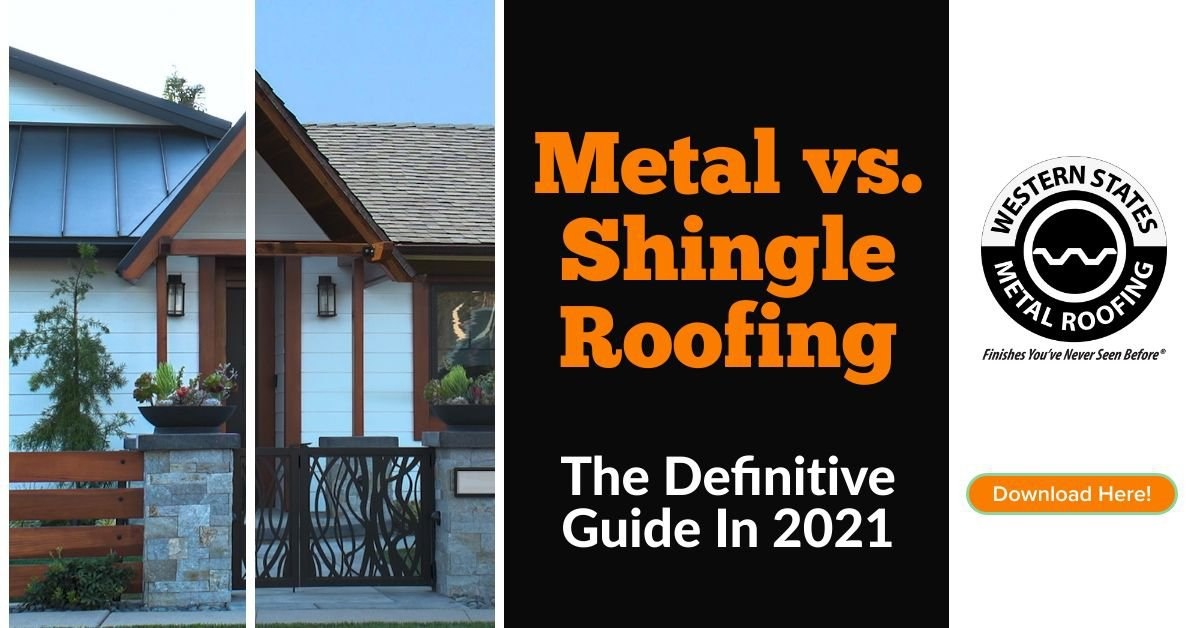
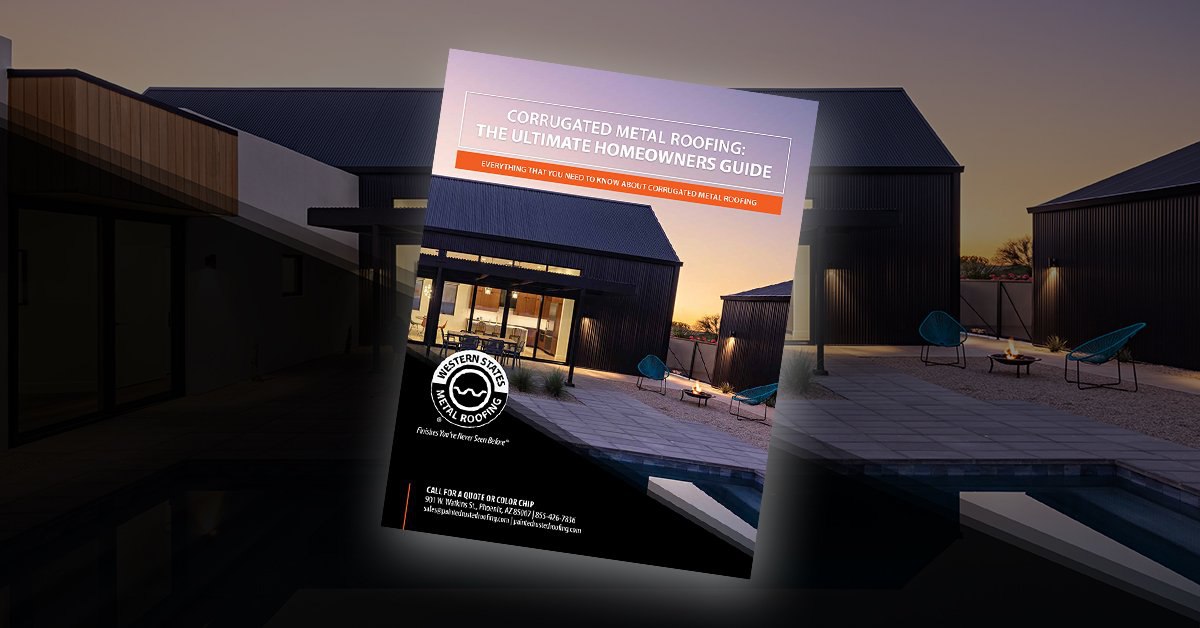
.jpg?width=256&name=common%20residential%20roofing%20material%20(1).jpg)
